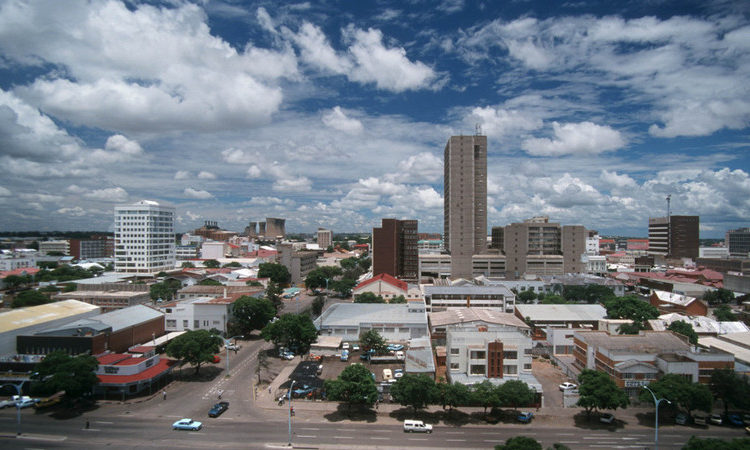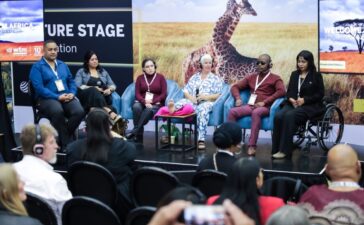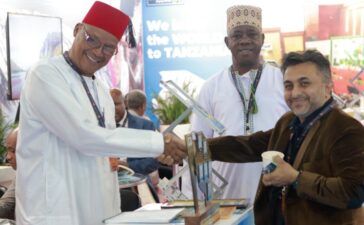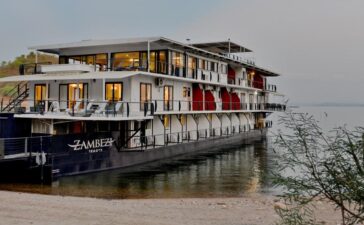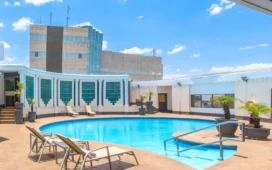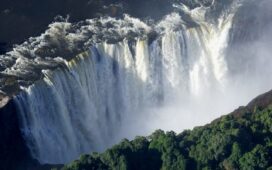AS the City of Bulawayo officially celebrated its 125th anniversary this year, it is important to also look at the city in terms of tourism opportunities.
The city has a rich history and heritage that is exploitable for tourism. Historically, even before the 125 years being celebrated this year, the influx of “tourists” from very far places intending to see the King with their various requests and proposals spurred the growth a settlement around King Lobengula’s home in Emahlabathini.
This set the tone for the growth of a town which became the city we are so proud of today. Bulawayo was the political and economic powerhouse in the entire country from its inception up to around 1923.
Bulawayo, the City of Kings is famed to be the cleanest city in the country and that on its own places it as an attractive tourist destination. Clean and safe environments are critical pre-requisites for tourism.
The city is again a cultural hub with people from different ethnic backgrounds converging on what the early Rhodesians referred to as the “city of opportunity”.
It is also perceived as leading in terms of cultural expression through the arts. It is, therefore, quite easy for a visitor to Bulawayo to embrace and appreciate Zimbabwe’s cultural diversity and richness through the arts and also through interacting with the people.
Bulawayo is home to the biggest and best museum not only in the country but in the whole sub-Saharan Africa — The Natural History Museum of Zimbabwe which was the first in the country.
It is also the only city in the country with three museums, the other two being the Railway Museum and the Joshua Nkomo Museum.
These establishments are great spots for local, regional and international tourists. Bulawayo’s streets are a spectacle, being the widest in the country. Cecil John Rhodes himself commanded that the roads must be made so wide to allow wagons drawn by eight pairs of oxen to make a U-turn.
The architecture of Bulawayo is awe-inspiring and breathtaking, especially to those visiting and numerous of its buildings bear historical significance and are therefore protected under the National Museums and Monuments Act that covers all structures built-in or before 1910. The cooling towers at the Bulawayo Power Station, although built way after 1910, are an important feature in the city that is exploitable for tourism both on the domestic and international scale.
Since 2016, Bulawayo became the home of Sanganai/Hlanganani World Tourism Expo, an annual trade show for the tourism industry which brings tourism stakeholders from all over the globe.
It indeed re-gained its position as the centre where important deals, agreements and treaties are negotiated, concluded and signed, for that is the purpose of this trade show with regards to travel and tourism-related business.
Apart from the mentioned Sanganai/Hlanganani World Tourism Expo, the centre hosts other grand events such as The Zimbabwe International Trade Fair and Mine Entra and also a plethora of other business and social events.
Bulawayo has also grown to be a formidable giant in terms of (Meetings Incentives Conventions and Events (MICE) tourism in Zimbabwe with the Zimbabwe International Exhibition Centre being the flagship facility.
For the night owl, Bulawayo’s nightlife is lively and vibrant with a wide array of nightclubs, and night events ranging from traditional dance and theatre and also contemporary performances all to the delight of both visitor and resident.
Bulawayo has a lot of interesting places for its visitor to enjoy. Being a city anchored on rich history and heritage, a number of historic sites and monuments decorate the cityscape of Bulawayo. Some of the prominent ones include the Maxim Hotel where Bulawayo was officially opened as a town by Dr Leander Starr Jameson on 1 June 1894. The building is now put to different users and it stands opposite the curio market, which is a tourist magnet just outside the City Hall grounds.
The City Hall and Wishing Well, which was dug to provide water to the settlers who were under siege in the then market square in the 1896 Ndebele uprising, northwards along Joshua Nkomo Street between Connaught and Masotsha Ndlovu avenues is a related feature in the form of the False Marula tree (Umganunkomo) popularly known as the Hanging Tree or Execution tree.
That tree was used for hanging Africans who were fingered as the ring leaders or those who were spying and looting for the uprising Africans.
Further down the same road, you come to the large expanse of land that is known in vernacular as the Inxwala Ground, where King Lobengula would meet with his people and ceremonies including Inxwala would take place. It also served as the parade arena for the King’s army.
Nearby Makokoba, the oldest township is the original home of the arts, entertainment and sport. Shebeen culture, Afro-jazz music, boxing and soccer in the city have their origins in Makokoba. Birthed in 1926, Highlanders Football Club, which is the oldest and one of the strongest outfits of Zimbabwean soccer has its umbilical cord in Makokoba.
International soccer giants including the Ndlovu trio of Madinda, Adam and Peter were ‘‘made’’ in Makokoba. The market (umkambo) in Makokoba also continues to attract tourists with a wide array of merchandise including African traditional medicines, which are popular with visitors.
Other interesting features in the city include the Joshua Nkomo statue standing at the heart of the city, where Cecil John Rhodes’ statue used to be, the Art Gallery, which is a historic building, the Exchange Building where Cecil Rhodes used to exchange gold and a host of other buildings with a great history.
The Cenotaph at the Main Post Office is a protected area dedicated to those from the country who lost their lives during the World Wars. It is a good place to relax and learn a bit about some history.
A fulfilling and informative tour of Bulawayo is best undertaken with a tour guide who is good with history. Outside the CBD, the Hillside Dams are a popular spot for recreation. The Central and Centenary Parks are also good rendezvous for relaxing with “bae” or with family and friends on a lazy day. Certainly one can not exhaust Bulawayo in one day or on one page. – The Sunday News

